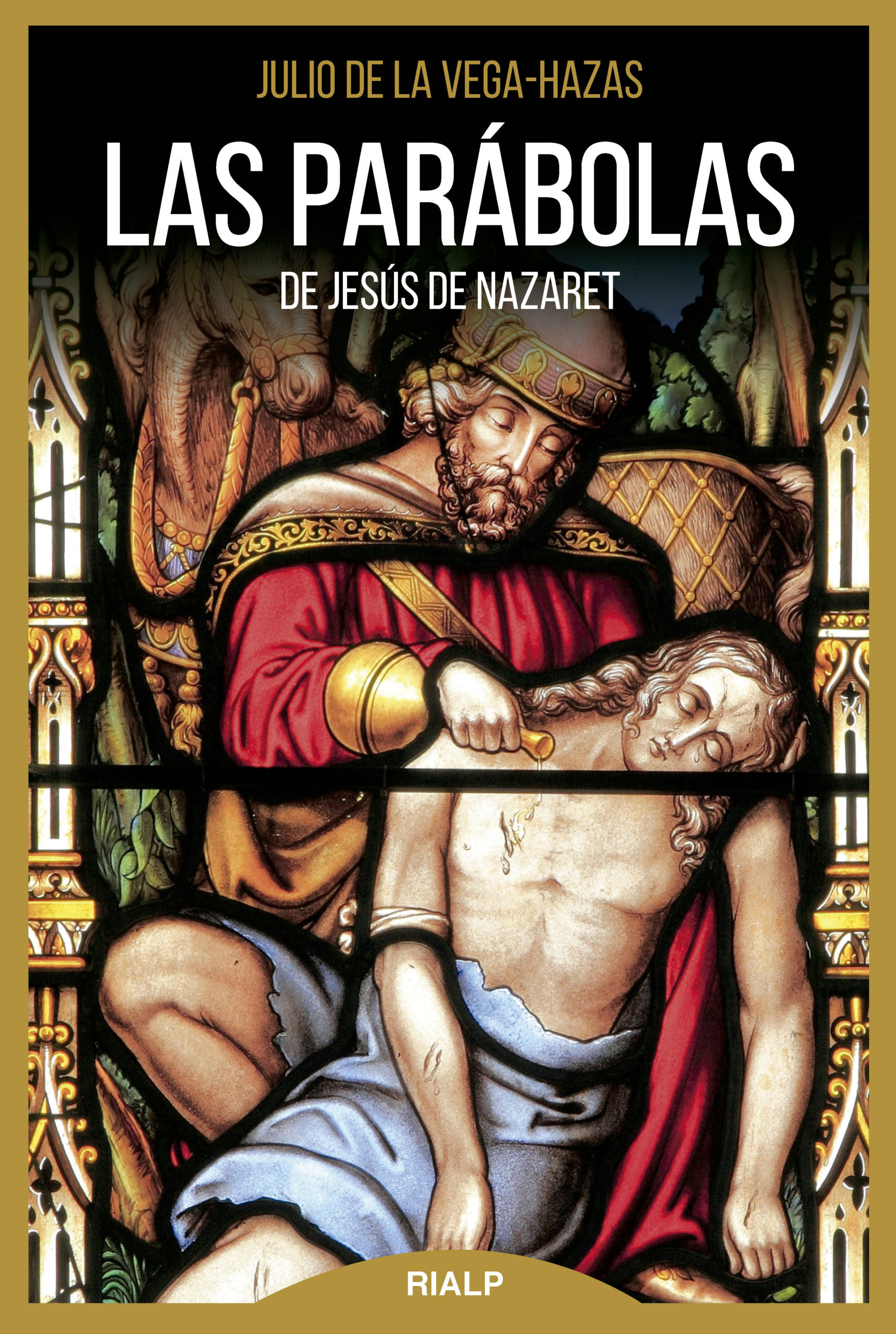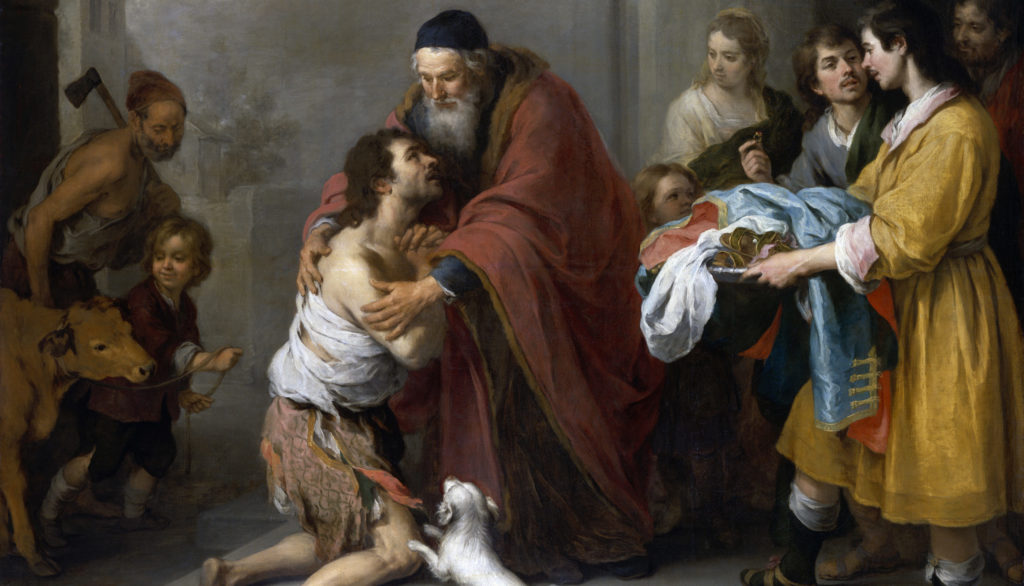If we ask someone who has approached the reading of the Gospels what has impressed him most, he would most likely refer to the account of the Passion of the Lord. But if we ask him about the most outstanding part of Jesus' preaching, he would surely point to the parables. The Gospel itself says so: He taught them in parables.
No matter how little education the reader may have, he immediately notices that parables are not narratives of the fable type - "I tell them to entertain"-. For literature of this type generally has a sobering or instructive purpose.
The parable makes it possible to convey a content with simplicity. In this sense, its fundamental meaning is easily perceived by all people, regardless of place or time. But, at the same time, the parables of Jesus include details or aspects that enrich the content, although they are not so easily perceived at first glance. In fact, in Christ's own preaching, the scribes and Pharisees understand them more deeply than most listeners. Part of the meaning, especially what referred to his very person, was specifically for them.
Book

This book by Julio de la Vega-Hazas helps us to unravel the profound meaning of the parables. It analyzes twenty-five parables, grouped into five major themes:
The first contains the so-called parables of the Kingdom, in which Jesus announces the coming of the Kingdom of God or the Kingdom of Heaven and the attitude with which man should dispose himself to attain it. In them, he emphasizes that it is worth risking everything to achieve it, even if difficulties must be faced.
Then we find the parables of the response to the call, which in one way or another contain a wake-up call to perceive the presence of God in our lives, thus highlighting the folly of those who ignore the call, ignore it or forget it, downplaying its importance or allowing themselves to be carried away by other interests that seem more necessary or urgent to them.
In the third chapter are what the author calls parables of divine judgment. In this group are gathered some particularly expressive parables, because the story highlights the sharp contrast between the behavior of the prudent and sensible person versus the behavior of the wild and frivolous, with various nuances, in which the reader can easily find himself portrayed.
The parables of mercy follow in a fourth chapter. Three parables are gathered under this heading, and all three are from the Gospel of St. Luke, among them the one that is generally considered the most moving and beautiful of all, the parable of the prodigal son or, as it is also sometimes called, the parable of the merciful father.
And finally, there are some parables on virtues. This fifth chapter, as the author himself warns, brings together several heterogeneous parables, grouped by a common background: to teach some virtue or warn about some vice. In this way, precious teachings are brought together that speak eloquently to the man of today and of all times, who is always in need of virtue, which is what makes him a virtuous man. wellin the deepest sense of the word.
The meaning of each of the parables is obvious -it is a perennial message-, but it is enriched when one sees, as here, its connection with the Old Testament, and the meaning of various details that correspond to the life and culture of the listeners, and that can easily escape the reader of today.
I would highlight one virtue of this book: that in dealing with a subject such as the biblical writings, which lends itself to high level exegetical considerations (but which are rather cumbersome for non-specialists), it knows how to clearly expose the substance of the teachings of Jesus and highlights, above all, their practical application for the Christian life. The reader is thus often led to discover aspects he had not noticed, or conclusions and consequences he had not previously suspected. In this way, the reading of these reflections opens up a broad panorama that enriches our knowledge of the Gospel and opens paths for our spiritual life.
With very good criteria, the author of the book includes at the beginning of each parable the Gospel text that he is going to comment on next. I dare to suggest to the reader, in order to get a better use of the book, that once he has carefully read the commentary of the parable, he should return to a calm reading of the text of the Gospel, now with the resonances that his reading will awaken thanks to the commentaries and reflections just read: I am sure that this new reading will be enlightening, will allow you to discover new aspects and, above all, will give rise to practical applications so that you can take greater advantage of the treasure that is the word of God, which the Son of God wanted to leave us in order to teach us the way that leads to happiness.





 Faith and dialogue with Christ
Faith and dialogue with Christ





